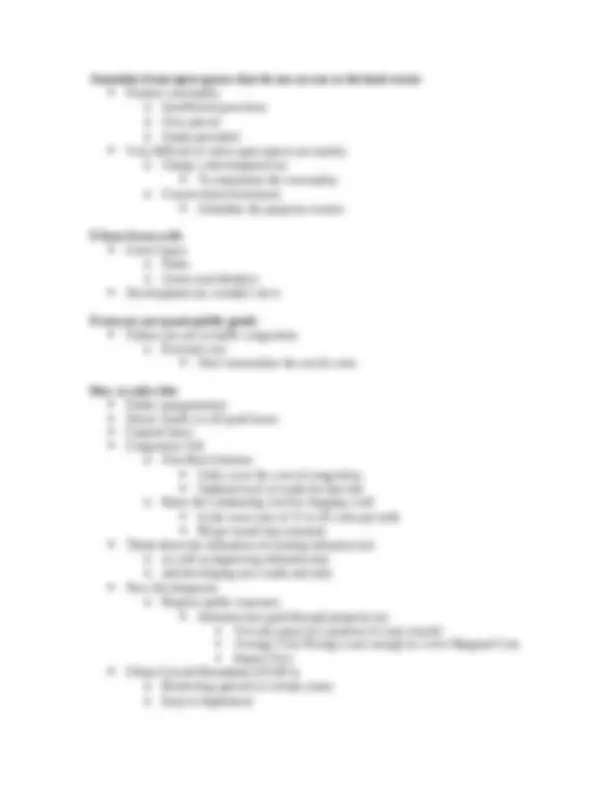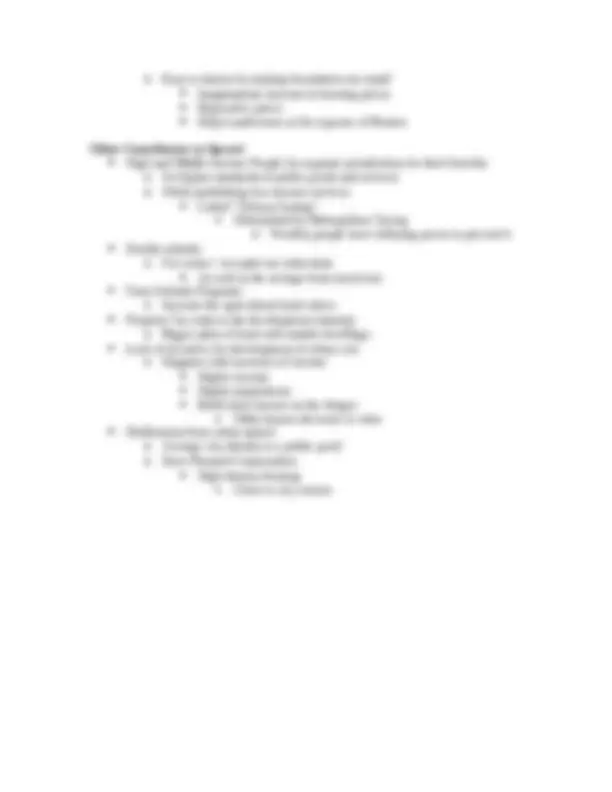




Study with the several resources on Docsity

Earn points by helping other students or get them with a premium plan


Prepare for your exams
Study with the several resources on Docsity

Earn points to download
Earn points by helping other students or get them with a premium plan
Community
Ask the community for help and clear up your study doubts
Discover the best universities in your country according to Docsity users
Free resources
Download our free guides on studying techniques, anxiety management strategies, and thesis advice from Docsity tutors
Material Type: Notes; Class: Economics of Energy, Resources and Environment; Subject: Economics; University: Central Washington University; Term: Fall 2005;
Typology: Study notes
1 / 4

This page cannot be seen from the preview
Don't miss anything!



Nikishna Myron 11/30/ ECON 462 Notes 10. Urban Sprawl Criticisms of Evidence of Forces Leading to Market Failures & Solutions Urban Growth Boundaries Other Contributors to Byproducts of an attack on Urban Sprawl creates:
ra r ( x,t,y,u,n ) X
o Easy to misuse by making boundaries too small Inappropriate increase in housing prices Regressive prices Help Landowners at the expense of Renters Other Contributors to Sprawl High and Middle Income People for separate jurisdictions for their benefits o Set higher standards of public goods and services o While prohibiting low-income services Called “Tiebout Sorting” Diminished by Metropolitan Taxing o Wealthy people have lobbying power to prevent it Double subsidy o For owner / occupier tax reductions As well as the savings from taxed rent Farm Subsidy Programs o Increase the agricultural land values Property Tax reduces the development intensity o Bigger plots of land with smaller dwellings Lack of incentive for development of urban core o Happens with increases of income Higher income Higher populations Build more houses on the fringes Older houses decrease in value Disillusions from urban sprawl o Average city density is a public good o Have Planned Communities High density housing Close to city centers